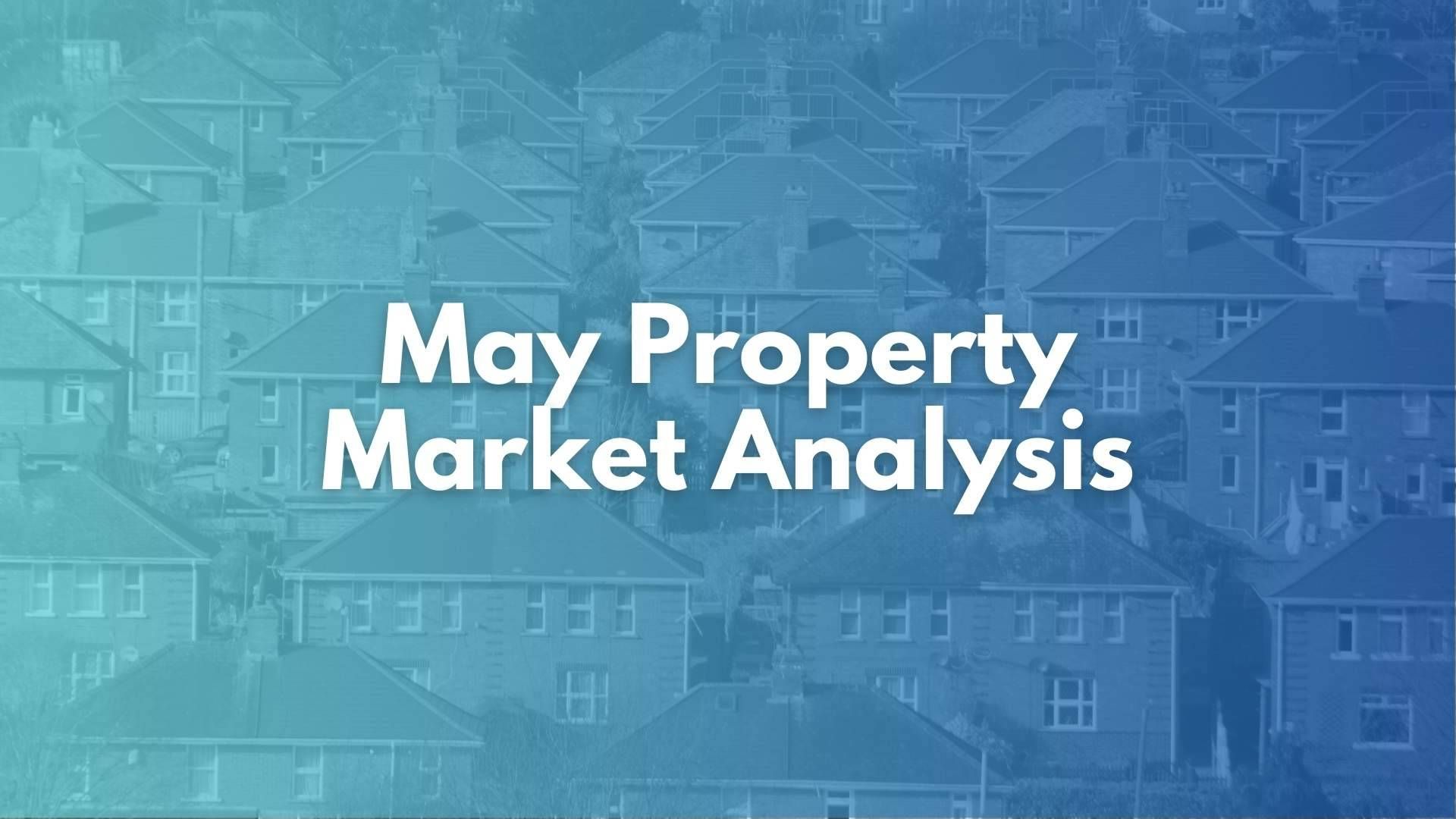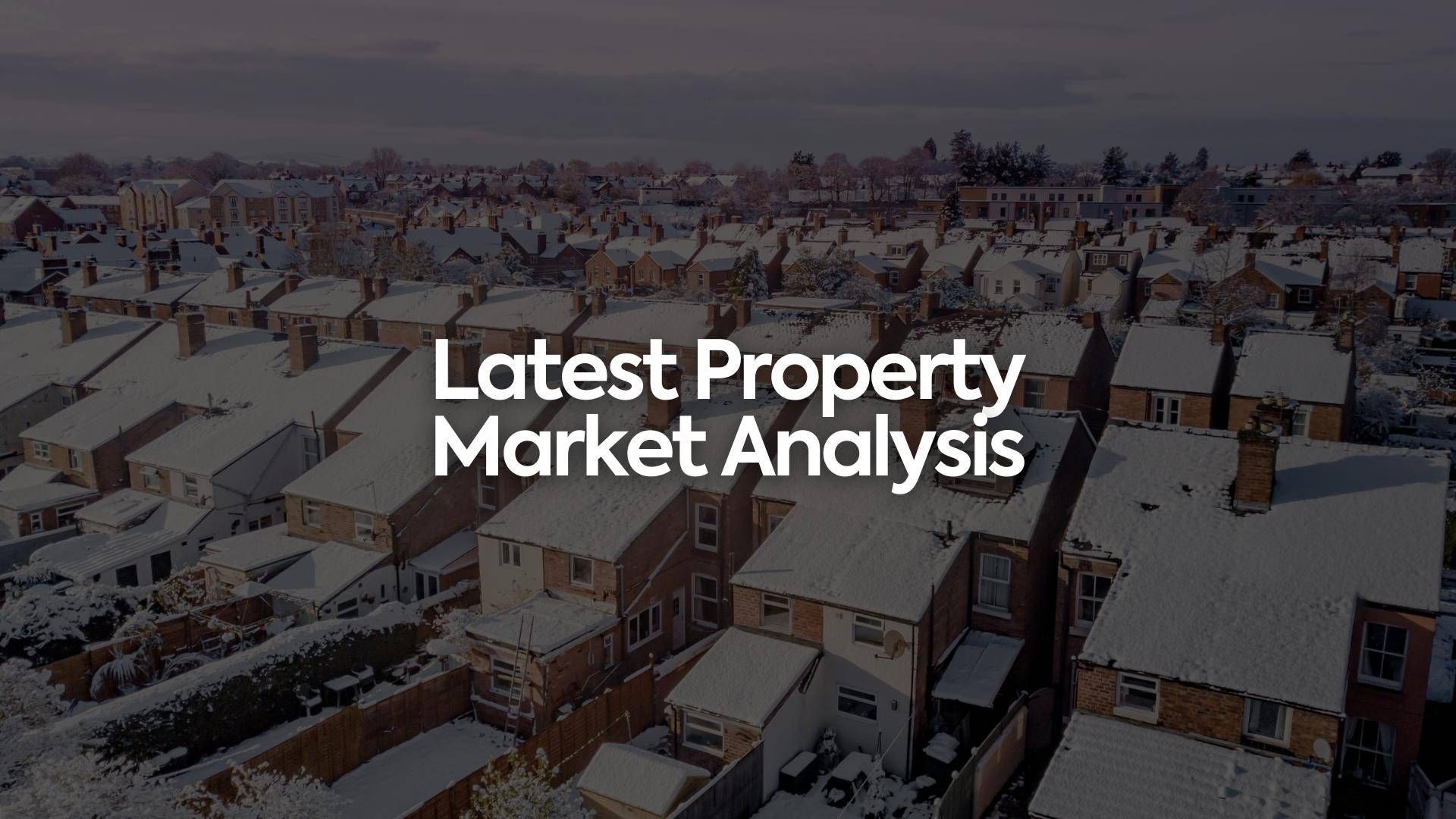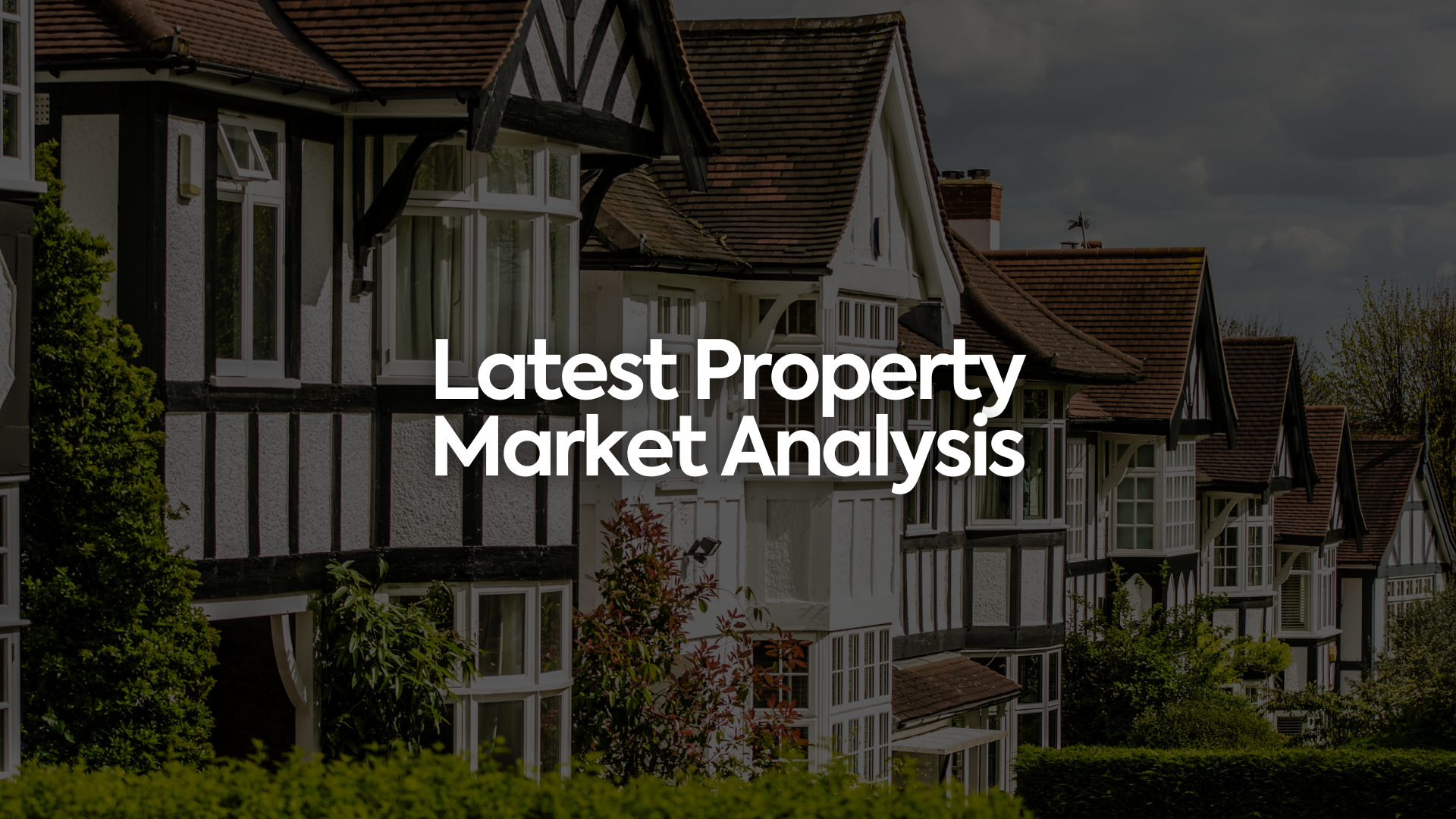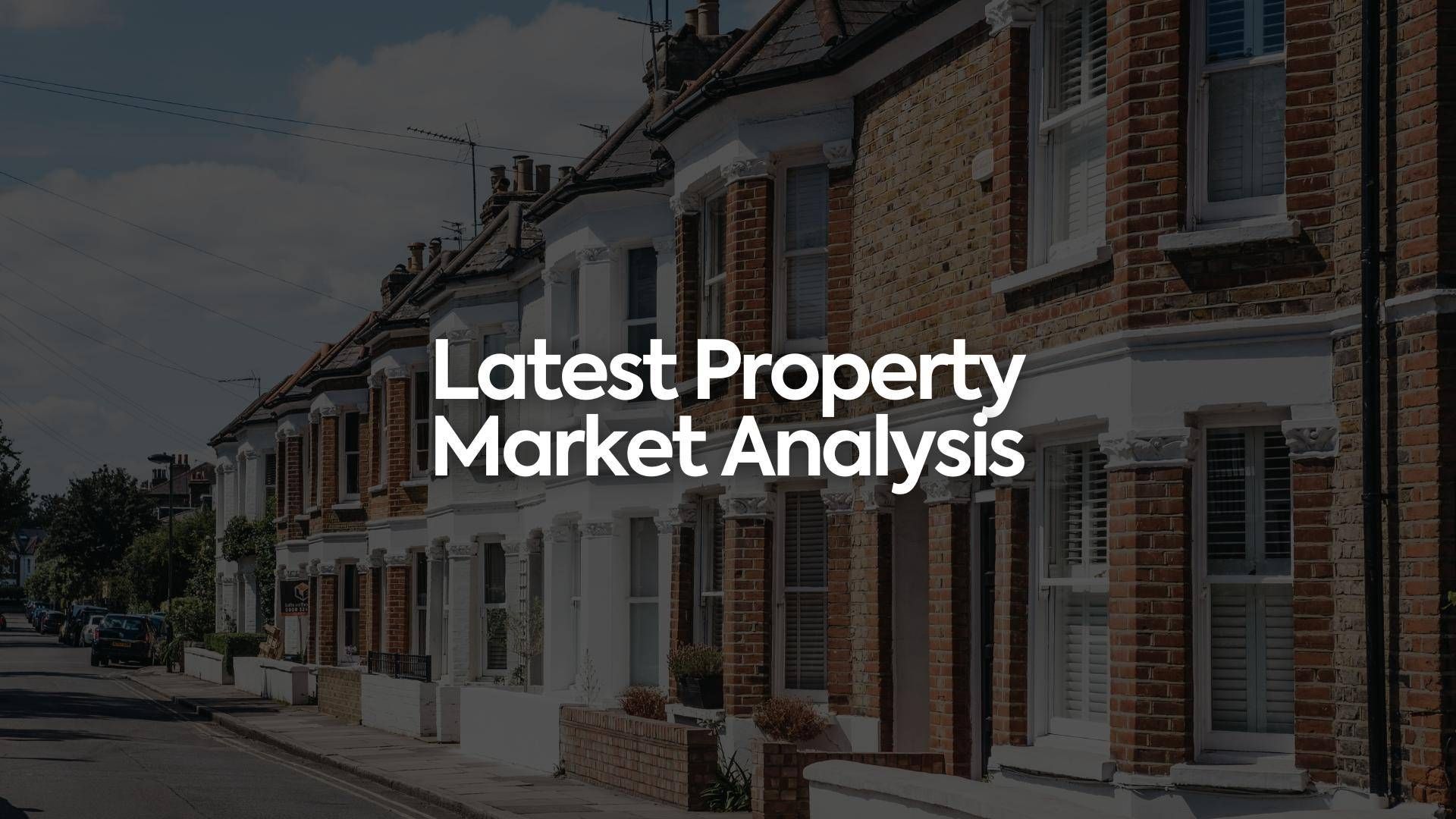
The spring bounce has started to affect house prices. More buyers in the market have pushed Great Britain’s average house price up by +0.2% in April. The new average is £366,247.
Rightmove’s figure was analysed further to reveal which property types were costing more to buy. Properties sought by second-steppers had risen by +0.7% in April. Top-of-the-ladder properties increased in value by the biggest margin – up by +1.2% in the last month.
First rung of the ladder more expensive
At the other end of the spectrum, the average first-time buyer property has risen +0.2%. Although the smallest rise among the different property types, the portal said demand among first-time buyers was up +11% on the level noted in 2019.
Property novices undeterred
Rightmove’s first-time buyer findings were reflected by Legal & General’s newest analysis. When looking at its most searched terms in February and March, first-time buyers’ mortgage enquiries had increased by +22%. It was the second most searched-for term behind HMO properties (houses in multiple occupation).
When it comes to realising price rises, Zoopla’s figures are encouraging for anyone considering selling. It says the average UK home has risen in value by £48 a day since February 2020. Translated, those who sold their home in 2022 made an average of £67,000.
With prices stable, now is a good time to have your home valued. If your last appraisal was before 2020, you may be surprised at how much your home could be worth. Book one of our free valuations today – even if you’re just curious.
Tempering price positivity is an important footnote from Rightmove. It says April’s price rises are smaller than normally seen at this time of year. The portal suggests this is because sellers are becoming increasingly realistic about values in the current market.
Just like property prices, rental values have also increased since our last report. HomeLet’s most recent index shows the average rent in the UK increased by +0.8% during March. The average monthly rent now stands at £1,184.
Changes for short lets & holiday homes in Wales
While rent rises come as no surprise, as there are still more tenants than rental properties available, the lettings industry is adjusting to more changes to the short-let and holiday home market. It was the Welsh Government who was first to announce further rules in April. It is now allowing local authorities to charge owners of short lets and holiday homes up to 300% council tax.
It’s also making it more difficult for short-let landlords to claim non-domestic rates, instead of paying council tax. The changes in Wales are in addition to existing planning permission requirements for some new short-term lets, and a consultation on compulsory licensing (the latter is already in force in Scotland).
England looks to follow suit
April saw similar proposals floated in England. A Government consultation on new short lets and holiday homes requiring planning permission for a change of usage is underway. Ultra-short lets may escape planning rules if they’re let out for a minimal number of days per year – the Government is deciding whether this will be fewer than 90, 60 or 30 days. Additionally, it will be harder for short-let and holiday home landlords to access cheaper business rate relief, if new proposals are implemented.
Finally, a note of caution. Landlords in England hoping for extra time to make their buy-to-lets more energy efficient, in order to comply with revised EPC standards, may have heard that the first 2025 deadline for new and renewing tenancies is being abolished. Nothing has been confirmed by the Government, so improvements should still be made with 2025 in mind.
If you would like to know more about your local property market, please get in touch.
Share this article
More Articles
Sign up for our newsletter
Subscribe to receive the latest property market information to your inbox, full of market knowledge and tips for your home.
You may unsubscribe at any time. See our Privacy Policy.




